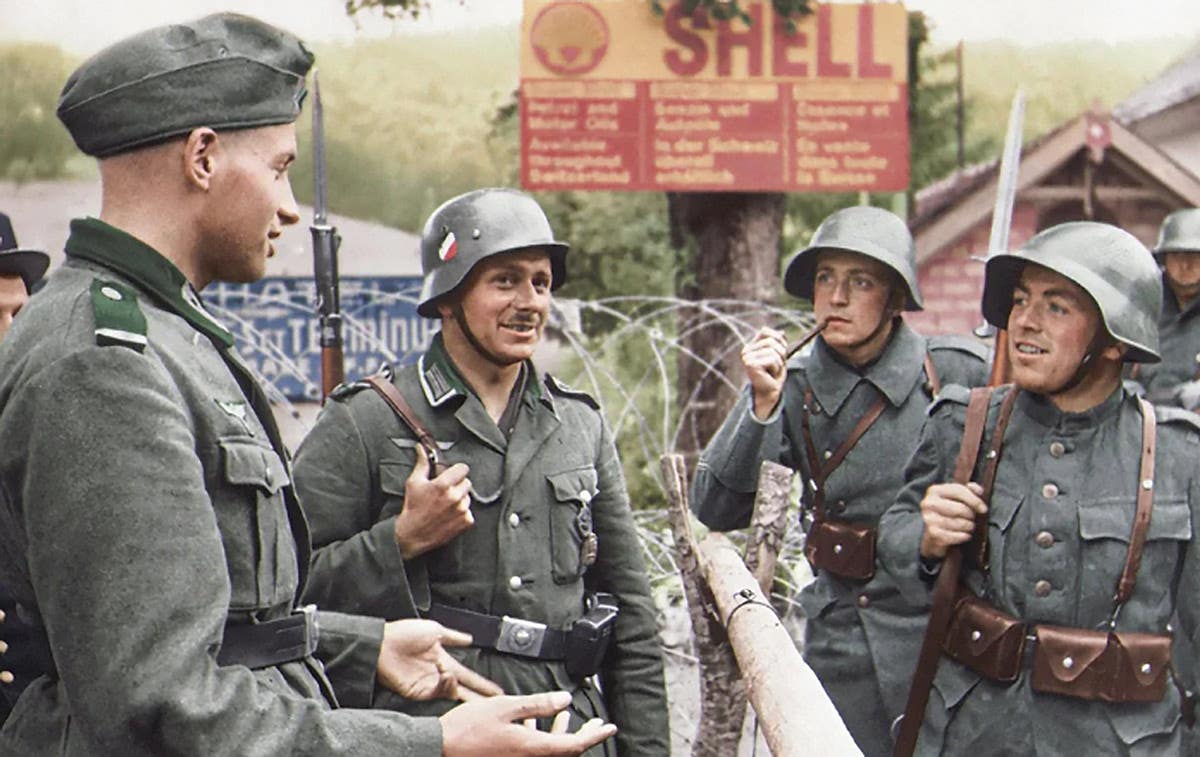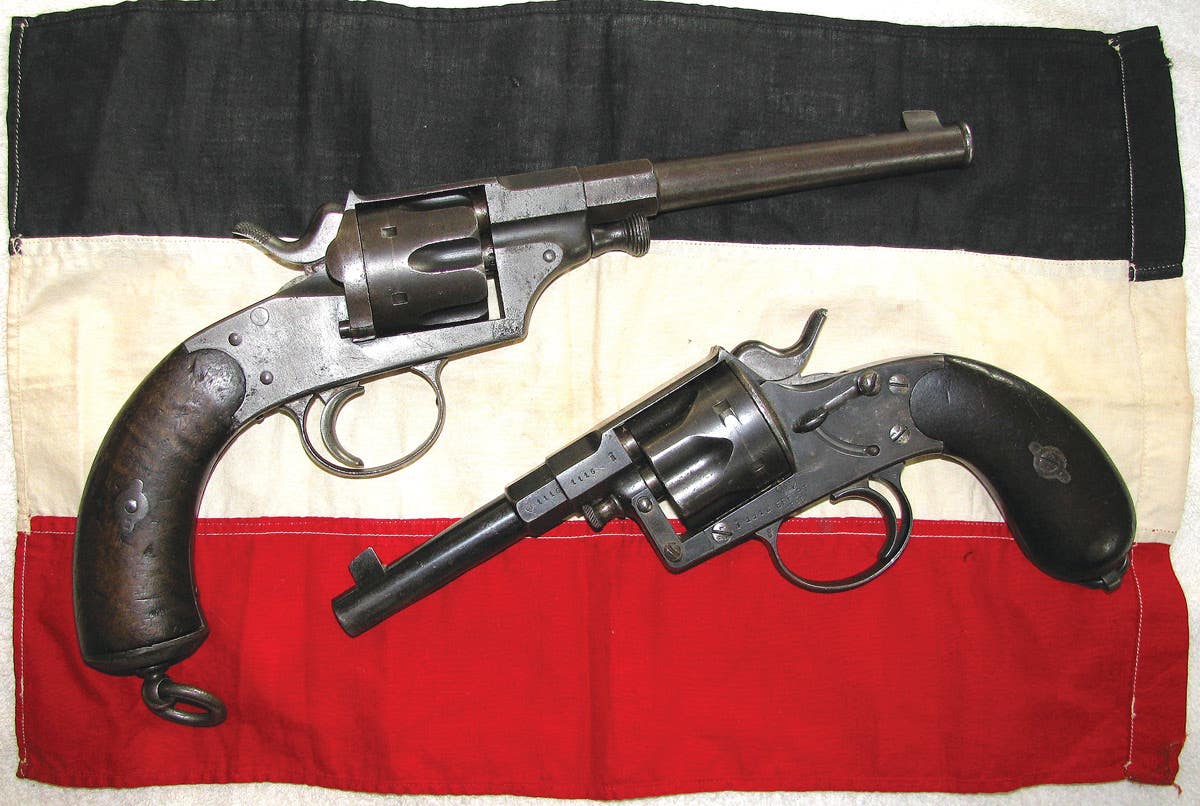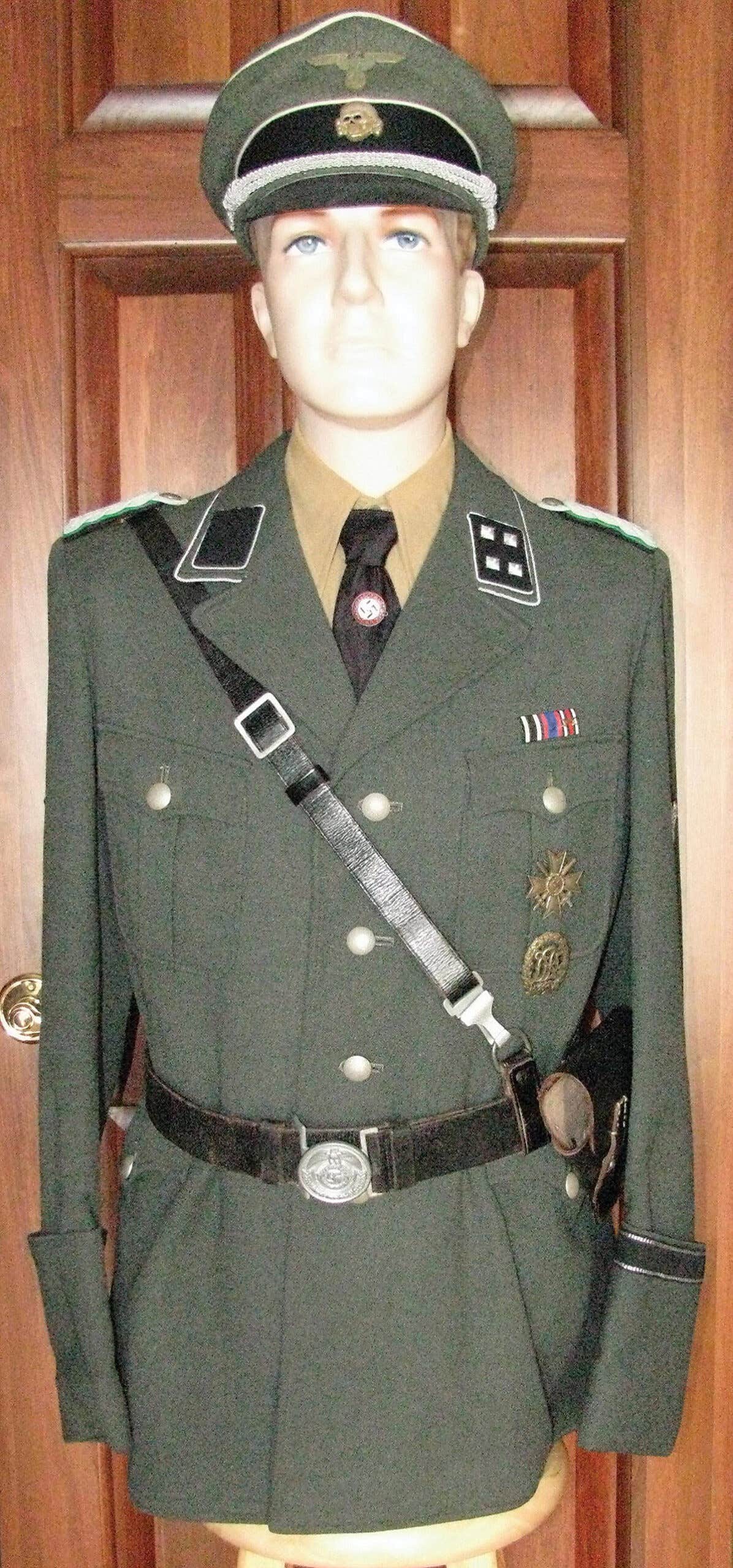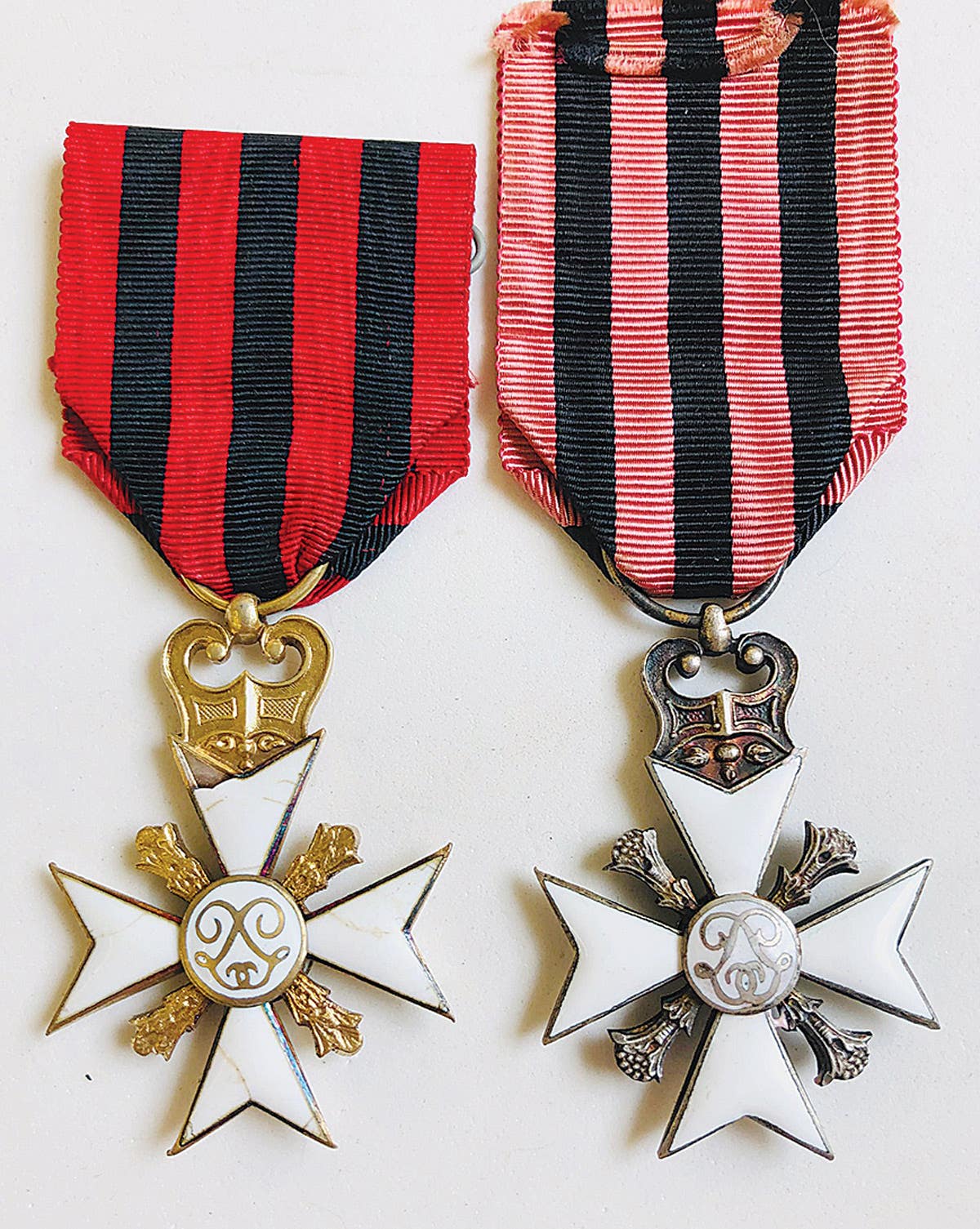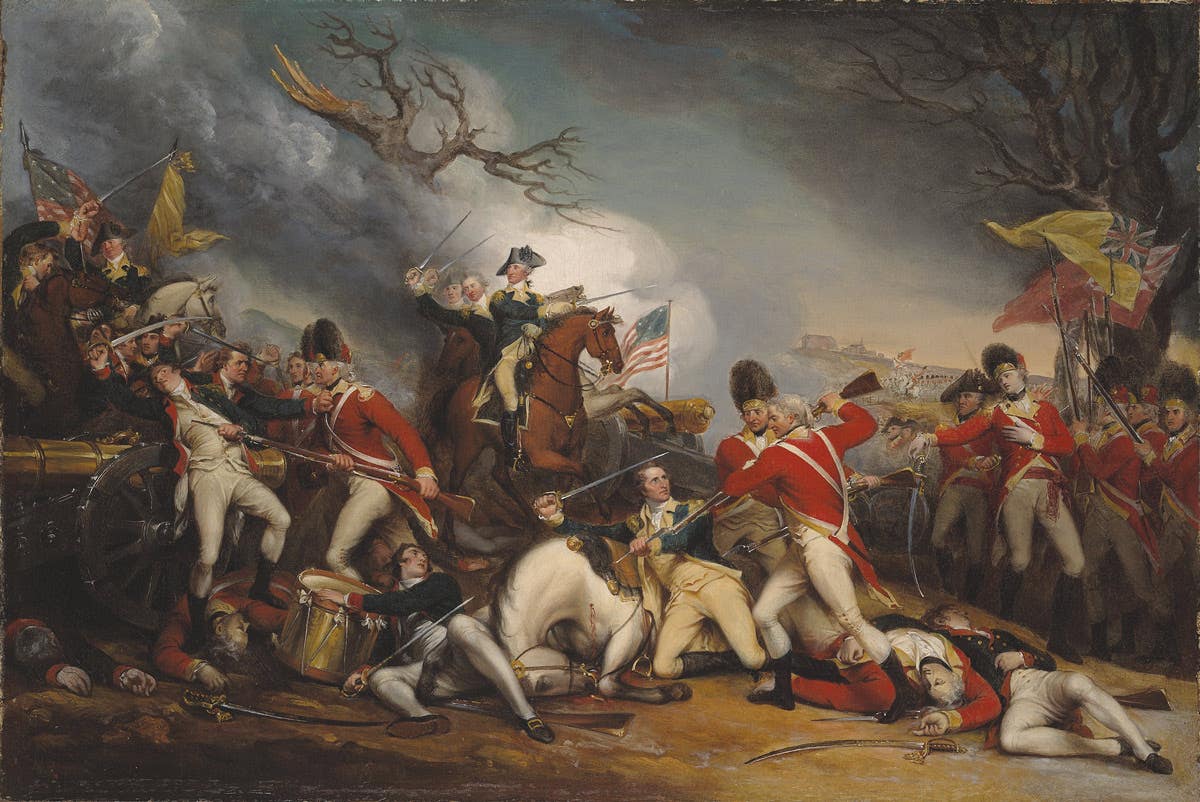Found Flag Could be Worth Millions of Dollars
It’s not that the New London County Historical Society didn’t appreciate the antique 13-star American flag–However, it wasn’t until a new member got interested in the flag this summer, and did some research on it, that the society came to understand just what a prize it has.
NEW LONDON, Conn. (AP) _ It's not that the New London County Historical Society didn't appreciate the antique 13-star American flag--made of faded white and red silk ribbons hand-stitched together--that's long been part of its collection.
In fact, a few years ago, after being prompted by a visiting scholar who worried about the precarious way the flag was hung sandwiched between two pieces of old glass, the society had it restored at the textile lab at the University of Rhode Island and reframed.
In 2006 the society gave the flag an important place in an exhibit marking the 225th anniversary of the burning of New London, and it still hangs prominently over the mantle in a front parlor of the Shaw Mansion in downtown New London.
But it wasn't until a new member got interested in the flag this summer _ and did some research on it _ that the society came to understand just what a prize it has.
At the conclusion of their own do-it-yourself sort of Antiques Roadshow assessment, society officials decided it is most likely one of only a small number of remaining 13-star flags from the Revolutionary War period, worth possibly tens of millions of dollars.
``We have come to the conclusion it is probably a very rare thing, a sort of a national treasure,'' said Edward Baker, executive director of the society, who led some of the most recent research on the flag, consulting with the Smithsonian and vexillologists, or flag experts. ``One thing that puts it in perspective is that the Smithsonian does not even have a stars and stripes of this period.''
Baker said the flag's value was made more obvious after a Sotheby's auction last year in which an anonymous bidder paid $17.4 million for four rare flags that had been captured on the battlefield during the American Revolution.
Sotheby's said before the auction that some of the few known remaining flags of the period are in fragments and not much is known about them.
The society's flag, on the other hand, has what Baker calls an ``impeccable'' provenance, a documented proof of origin that generally makes an antique more valuable.
The flag was among the family heirlooms lent and eventually given to the historical society by Jane Perkins, who also sold the society the Shaw Mansion, her family home, in 1907.
The flag was found in the attic after the society bought the building. The society has documentation, Baker says, of a conversation in which Perkins explained that the flag from the attic had belonged to her great-great uncle, Nathaniel Shaw, the Naval agent for Connecticut.
The history of the flag, Baker says, makes sense, since it is something that someone of Shaw's rank would have had, and it remained, like so many things from the society's collection _ silver, fine furniture _ in the same family, literally in the same house, all those years.
``Authenticating an 18th-century flag is a difficult thing to do,'' said Baker. ``It would be very valuable if we were to ever sell it. But if someone were to steal it, it wouldn't be so valuable, without the provenance.''
The society explained its new findings about the flag in an essay in its winter newsletter, which begins: ``Sometimes it just takes new eyes to help you 'discover' treasure.''
Since the ``discovery,'' the society hasn't moved the flag. Baker said it was well protected in its most recent restoration and reframing, attached to a clear mesh and held suspended in an air pocket under archival quality glass.
The mansion also has an alarm system and adequate security, he said. There has been some talk of sending the flag to the Smithsonian for tests that could precisely determine the time period of its fabric and dyes.
But Baker said testing would not necessarily provide authentication. Besides, he said, the society would rather not take it out of the new frame. There has been no talk of selling it, either, Baker said. And that's encouraging. Instead, the society hopes it may generate revenue down the road, perhaps even through licensing the image.
In the meantime, the flag may just generate more interest in the history of New London County.
``It's kind of what historians do, preserving objects not just so they can be worshiped or become more valuable, but so they can be used to educate,'' Baker said. ``Having something this old and valuable might get people excited about how flags were used and privateering and the Connecticut Navy, about the story we are able to tell here.''



